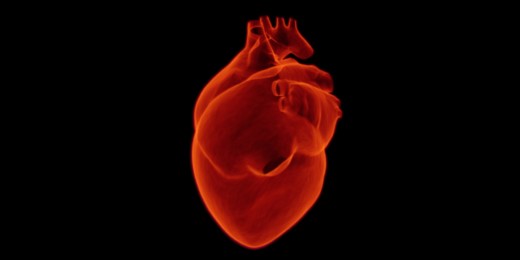Diet and exercise: these are two topics that always come recommended together. In the last blog post, we explored the dietary habits needed for living successfully with heart failure. Here, we will look at physical activity challenges and recommendations that can help those with heart failure live an active lifestyle.
A common misconception about heart failure is that exercise needs to be avoided because it would strain the heart. This thinking is outdated, and the opposite is actually recommended. The many benefits of physical activity or movement include:
- Strengthening the heart
- Improving circulation, which helps the body better use oxygen
- Reducing heart failure symptoms such as shortness of breath and fatigue
- Lowering blood pressure
- Improving cholesterol levels
To get a sense of how that works, let's check in with Mr. S, a 69-year-old male with chronic combined heart failure involving both the heart's ability to pump (systolic) and to relax (diastolic).
In 2016, Mr. S had an ejection fraction of 38%, meaning that his heart with each contraction could only pump 38% of its blood to his body (normal is 55-70%). At his lowest point, Mr. S barely had the energy to walk downstairs from his second floor apartment. Even the most minimal physical exertion would quickly wear him out.
However, Mr. S also owns a dog, so for the health of his dog, he trained himself every day to walk the dog a little further. While difficult at first, slowly easing back into the routine of walking now allows Mr. S to walk nearly 2.5 miles each morning.
His body sees the benefit of this exercise. His ejection fraction is now 68%, which is in the normal range. Although a recovery like this is unusual, Mr. S' case shows the powerful benefits of exercise for heart failure patients.
Like Mr. S, people with heart failure should ease into exercise gradually, rather than immediately jumping into high-intensity physical activity routines. Finding an activity such as walking outside, biking, or even using the elliptical trainer at the gym are all great ways to adopt daily exercise. Those with heart failure should discuss physical activity plans with a doctor before starting out.
There are also common challenges heart failure patients face when trying to exercise.
Common heart failure symptoms are swelling in the legs, shortness of breath, wheezing, and fatigue. All of these symptoms can limit exercise but should not discourage a cautious routine.
Stanford cardiologist Fatima Rodriguez, MD, recommends aerobic and strength exercises, even if it is just light stretching or walking on a flat surface.
"Being stationary or inactive will just make the symptoms worse. Try to get even the minimal amount of movement in, whether is it doing stretches at your chair or slowly walking around your home," she recommends.
While exercise can be very beneficial, it is also important not to over-exert yourself or ignore warning signs while exercising. Some symptoms to watch for are:
- Extreme shortness of breath, weakness, dizziness, or lightheadedness while exercising. In this case, slow down and, if symptoms do not go away even after stopping, call for medical attention.
- Irregular or very fast heartbeat
- Pain, particularly chest pain
- Feeling pressure or pain in the chest, arms, neck, jaw, or shoulders
These symptoms should be discussed with your doctor, or, if urgent, treated immediately.
Heart failure patients have many different options -- from walking a dog to joining an exercise class or taking a swim -- to incorporate daily exercise into their lives. Consistent exercise is a powerful approach to both prevent heart failure and mitigate its symptoms. It isn't so easy to get started, but for both prevention and treatment, daily physical activity is key to living a healthy and vigorous life.
This is the sixth in a series of blog posts, Demystifying Heart Failure, to help patients and family members better understand and help mitigate heart failure. The next blog will focus on medications for heart failure.
Min Joo Kim is a master's degree student in Community Health and Prevention Research at Stanford studying the patient experience for those with chronic conditions and identifying barriers to treatment. Randall Stafford, MD, PhD, professor of medicine, focuses on strategies to improve chronic disease treatment, including engaging patients in their own health care.
Photo by Beth Thompson






